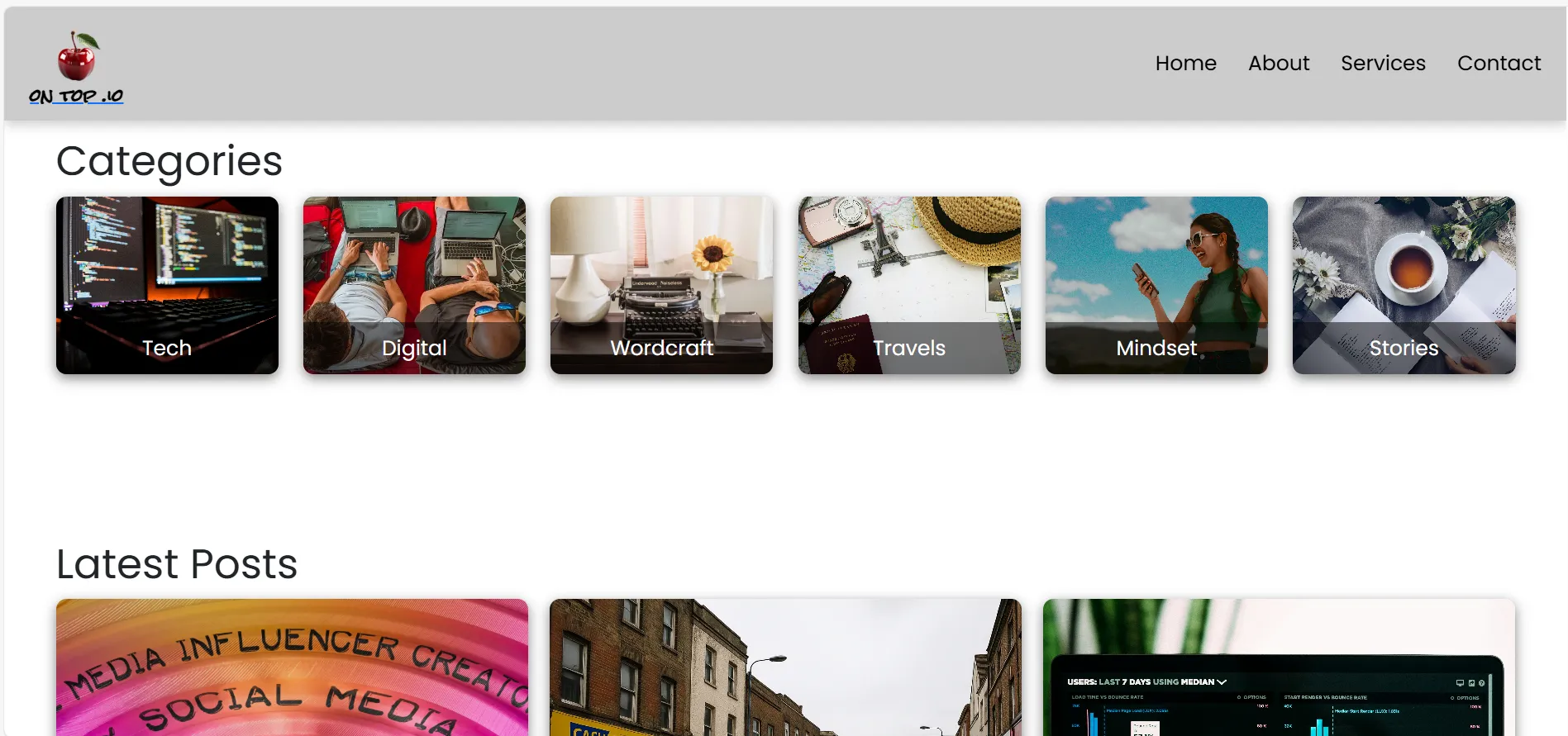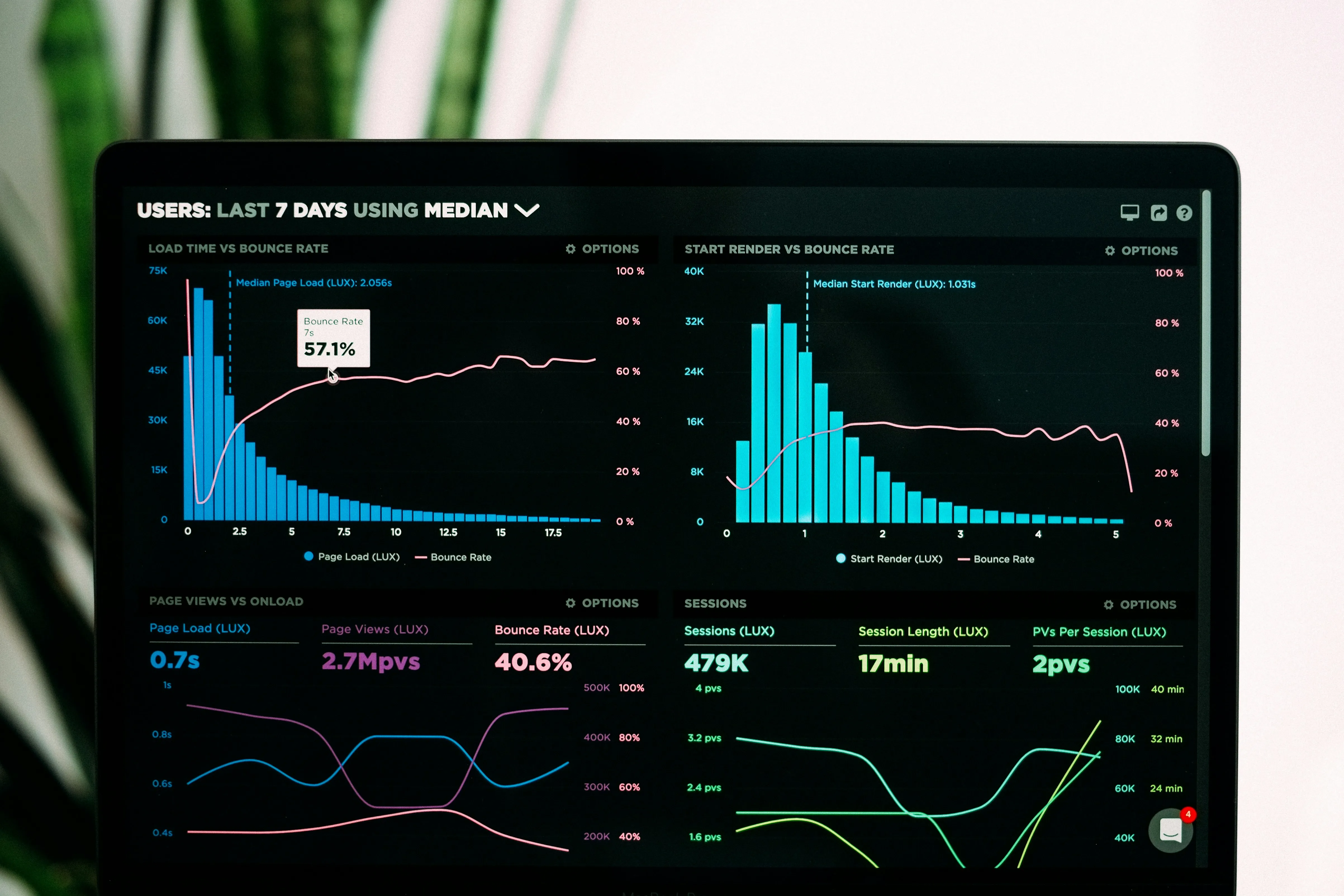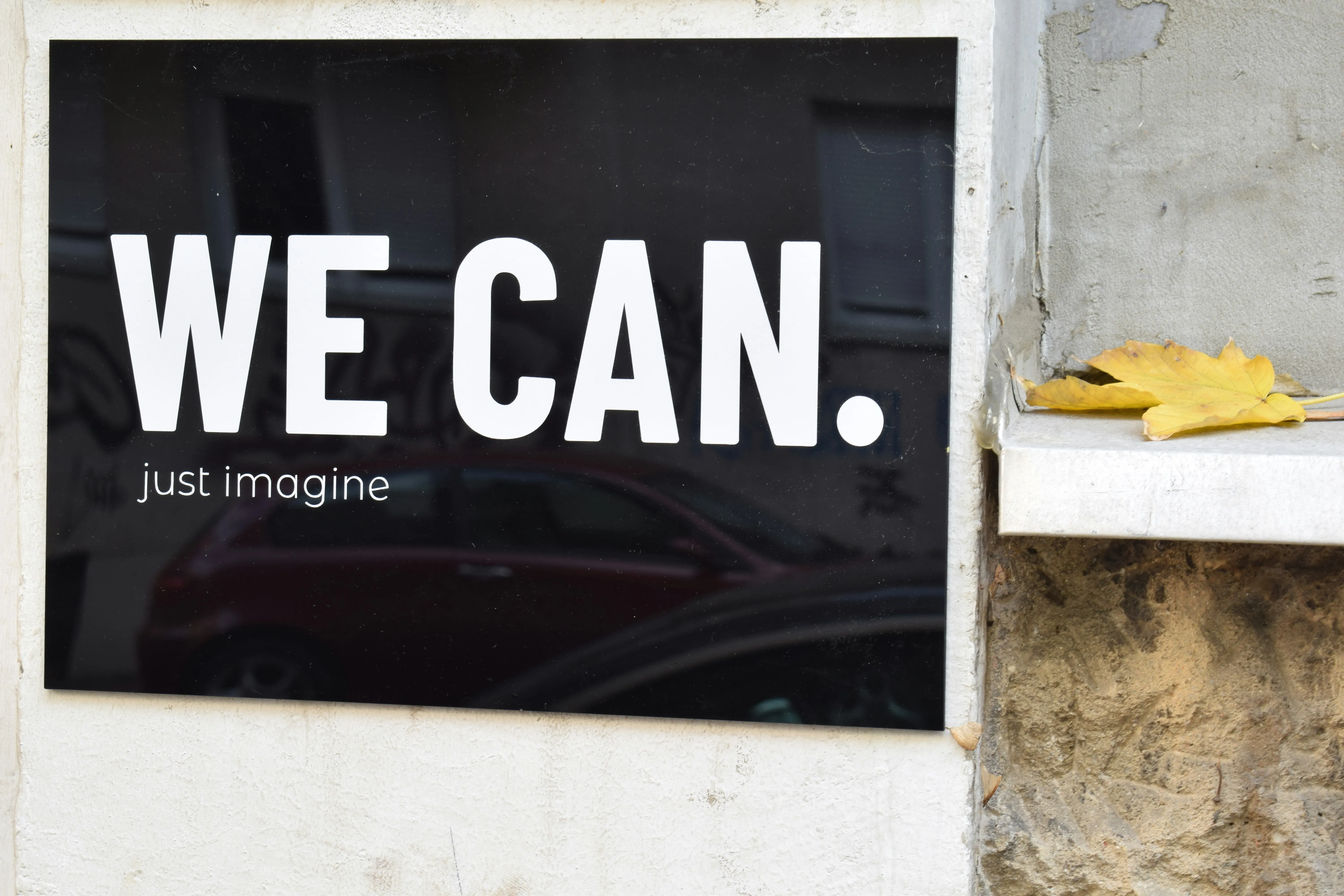It all started with a shampoo bottle. Well, technically with the 47th shampoo bottle I was translating that week. Somewhere between “volumizing complex” and “damage repair,” I wondered if this was really it. Was my linguistic superpower doomed to spend its life trapped on bathroom shelves?
That’s when I stumbled on the job listing that changed everything.
The listing that didn’t ask for a single line of code
The posting looked odd, in a good way. It said: “Help train next-gen AI by translating real-life prompts for voice assistants. Linguists, translators, and lovers of language welcome.” No buzzwords. No talk of Kubernetes. Just language. Real, human language.
At first, I thought it had to be a mistake. Was Google really looking for someone like... me?
I applied while mildly panicking
My resume was a strange beast: literary translation, product manuals, subtitles for a Norwegian soap opera. But I threw together a cover letter and crossed my fingers, hoping someone at Google was having a whimsical day.
I leaned into my translator quirks—how I obsess over punctuation, how I treat idioms like endangered species, how I can instantly tell whether a sentence sounds like a native speaker or a tired intern with Google Translate.
What the job actually involved
To my surprise, they called. Then they hired me. Just like that, I was working for Google (well, via a language services vendor, but still—Google!).
My job? To take real user prompts—things people said to their devices like “Hey Google, why is my cat acting like a tiny, furry demon?”—and translate them into my target language. Not just word for word, but tone for tone, joke for joke, exasperated sigh for exasperated sigh.
Each prompt had to feel like something a real person might say in that language. That meant no robotic phrasing, no awkward syntax, and definitely no direct translations of "What's up, Google?" into something that sounded like a philosophical cry for help.
What made it surprisingly challenging (and fun)
On paper, it sounded easy. In practice, it was linguistic gymnastics. I had to:
- Preserve the tone and intent of casual, quirky, sometimes weird prompts.
- Match cultural references across languages (not every country has "Karen" memes).
- Balance natural-sounding phrasing with clarity, so the AI wouldn't think “Tell Mom I'm late” meant “Call an ambulance.”
It was like translating a living, breathing person—except the person was a digital assistant who didn’t understand sarcasm... yet.
Why translators were made for this job
Looking back, it made perfect sense. Translators are natural detectives. We hunt for meaning, subtext, and nuance. We make judgment calls on whether someone is being passive-aggressive or just British.
In this role, I was part linguist, part cultural mediator, and part stand-up comedy editor. The AI learned from what I wrote—and how I wrote it. I wasn’t just feeding it phrases; I was teaching it how humans sound when we’re being human.
My unexpected tech perks
Working on a project like this came with a few fun side effects:
- I became unreasonably invested in whether "Hey Google, tell me a joke" landed well in six languages.
- I started mentally rewriting everything I heard into “AI-appropriate” phrasing. My friends hated it.
- I developed a sixth sense for tone, especially passive-aggressive questions disguised as compliments.
Did it feel like a dream job?
Absolutely. For the first time, my language skills were part of something big—bigger than subtitles or shampoo. I was helping shape how machines understand humans. Every prompt I translated helped an AI assistant sound a little more natural, a little more helpful, and a little less like it had just woken up from a software update.
So yes, the job involved tech. But it was really about people—and how we talk, joke, ask, complain, flirt (yep, even that), and tell our devices what’s on our minds.
And to think, it all started with shampoo.





